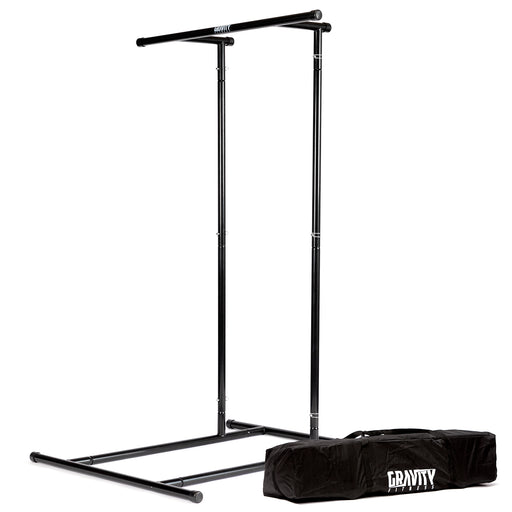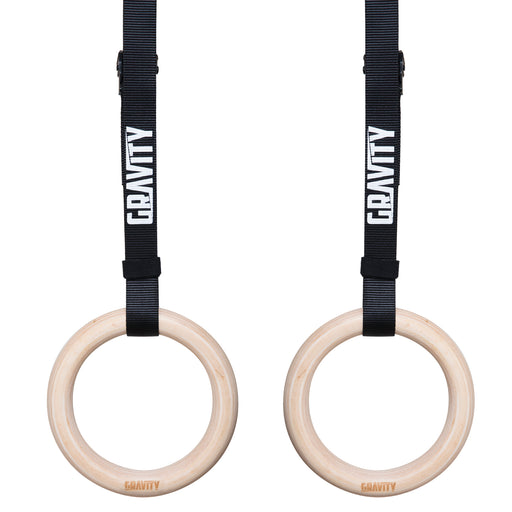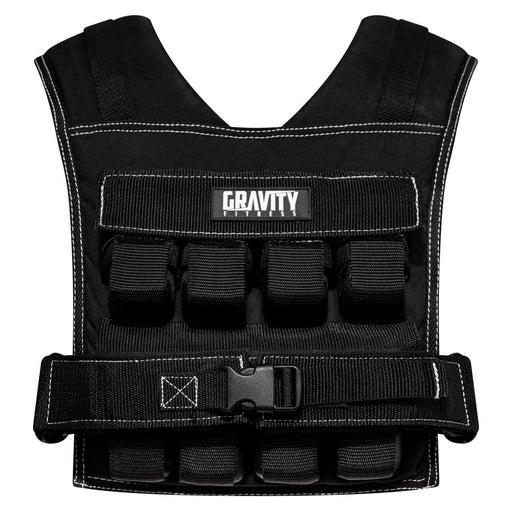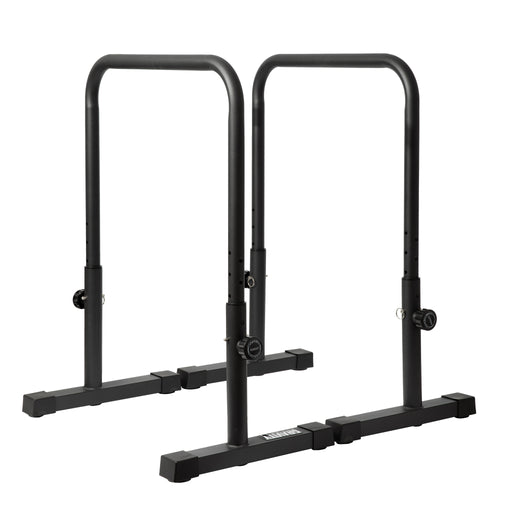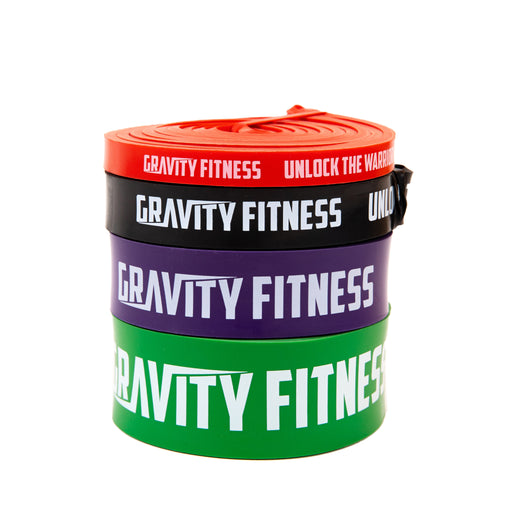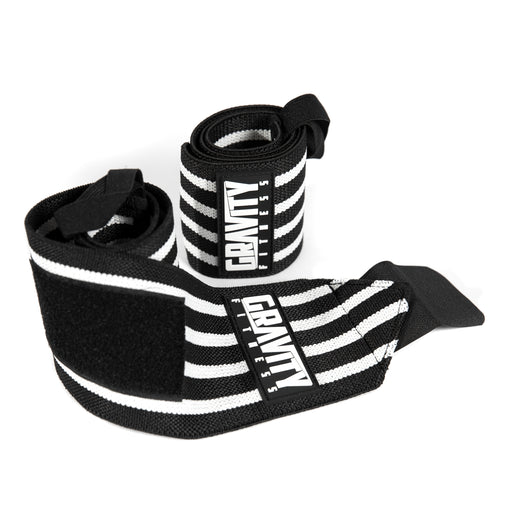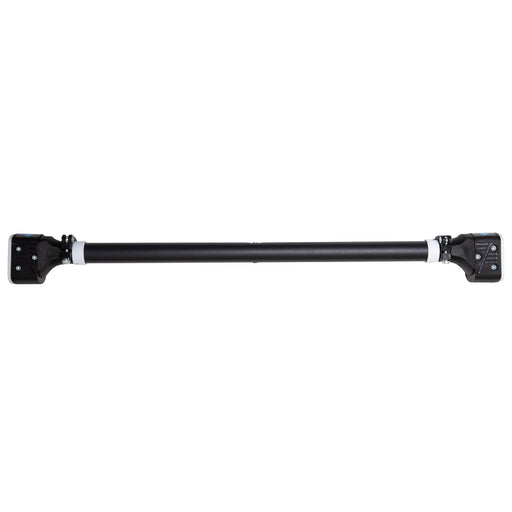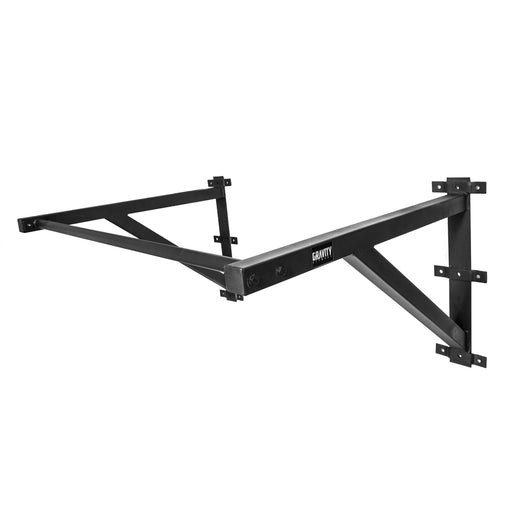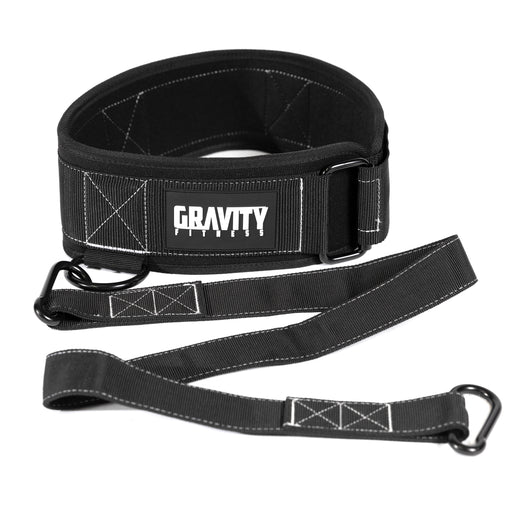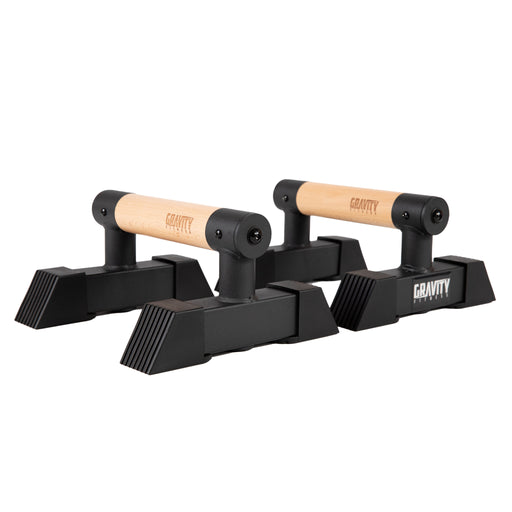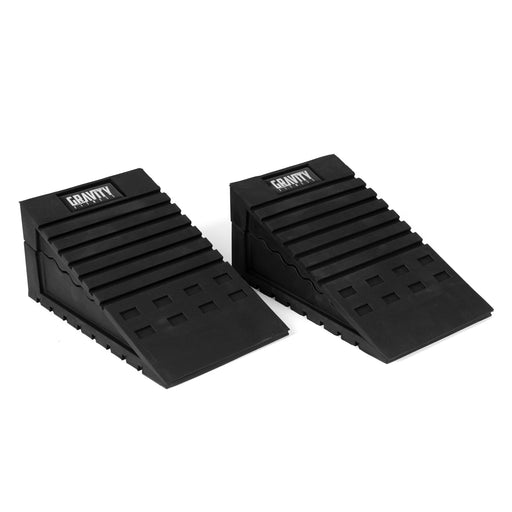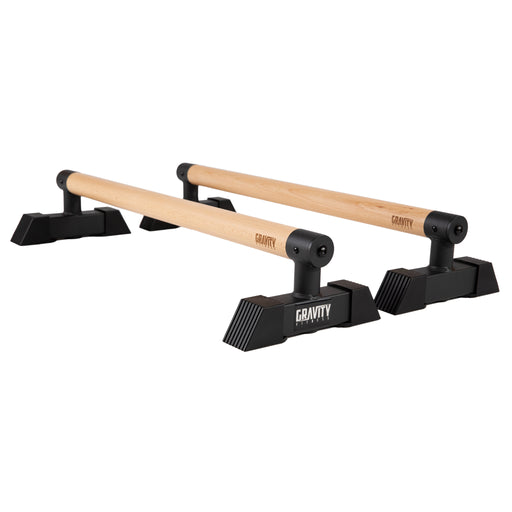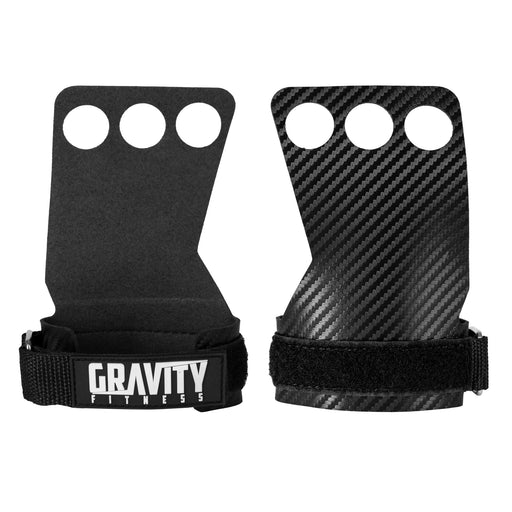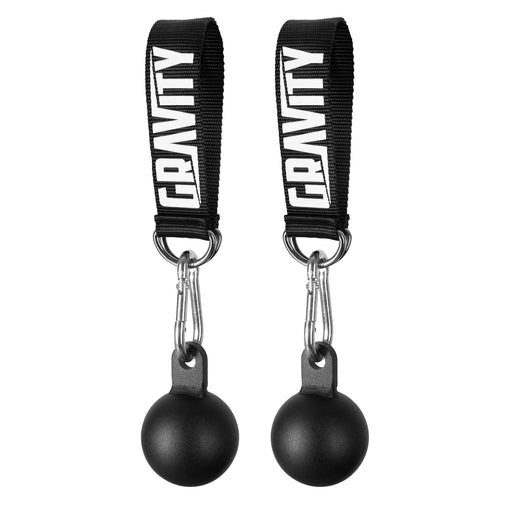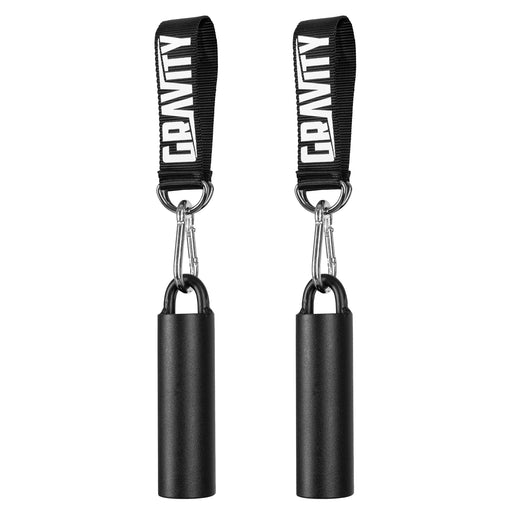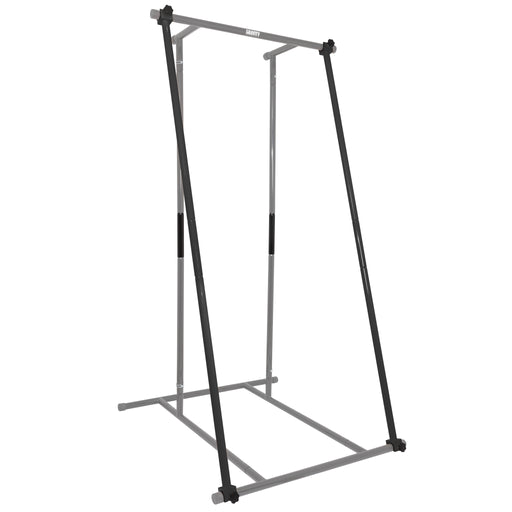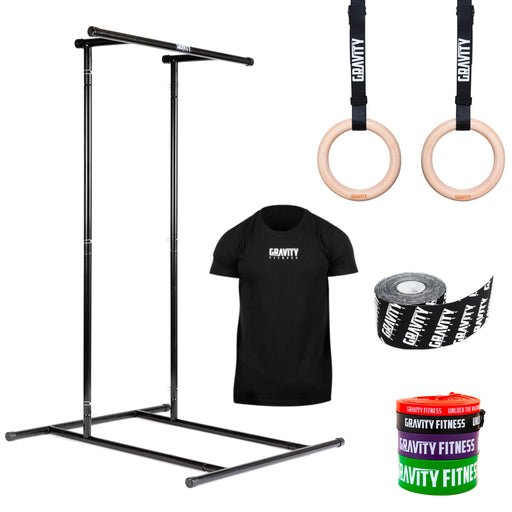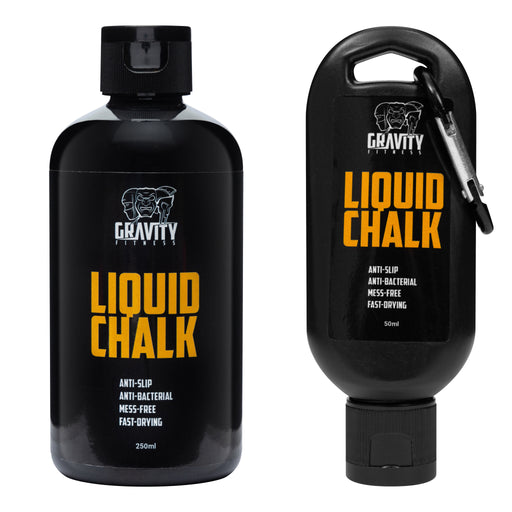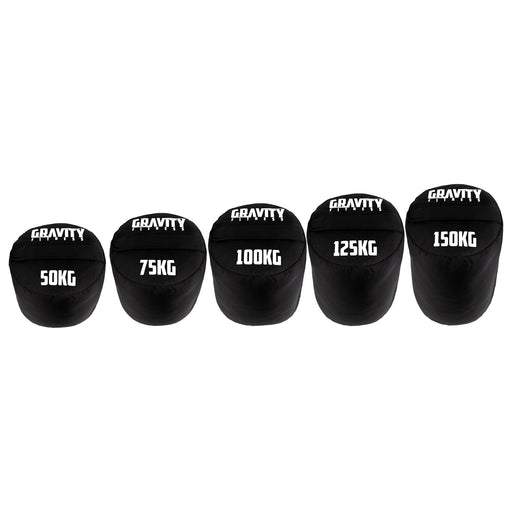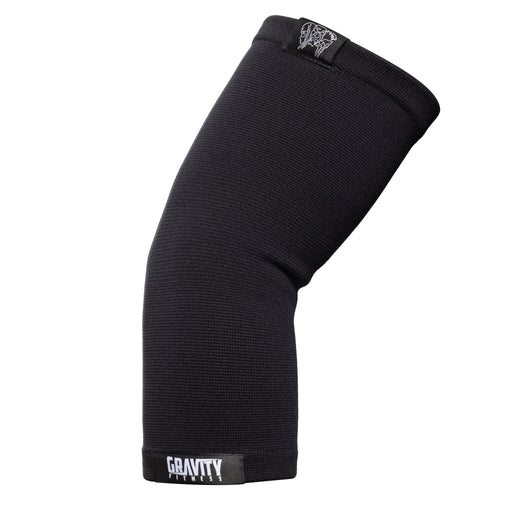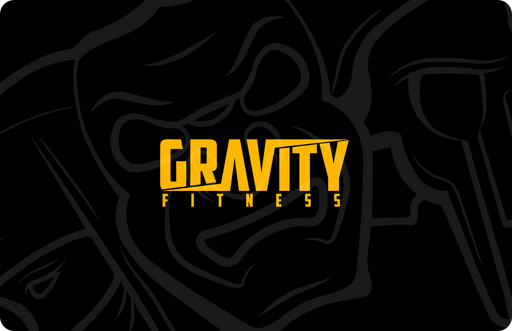
Your Calisthenics Journey: Start At Base Camp, Not The Summit
Your Calisthenics Journey: Start At Base Camp, Not The Summit
You’ve got the kit, you’ve got the mind set and you wanted to get started. You’ve sourced inspiration from calisthenics athletes from all over the internet. You’ve seen the Iron Cross performed and you want to go straight into learning it – the famous adage ‘learn by doing’ comes to mind…
Hold on a second, breathe and slow down. The fundamental keys to beginning your calisthenics journey are form, warming up, repetition, progressions, regressions, accessory work, negatives and body knowledge.
Every journey has to start somewhere and yours is no different. You may all have different goals and aims, which is great. But you have to take your time, build knowledge, security, form and range of motion with the basics and accessory work before moving on to the hard stuff. Because, trust me, it’s hard for a reason.
Let’s start with form, accessory work, negatives and body knowledge. These facets can be explored in a well thought out warm up, for whatever it is you want to start working. For example, for any push work or push ups, we want to mobilize the chest, the triceps and the lats particularly in our warm up phase to prep the muscles for those greater loads and ranges later on. This will also facilitate correct muscle engagement and familiarity with this engagement so we can correct ourselves and our form when we need to.
FBE (Form Before Everything) is what I preach to my clients when I coach them. Don’t be afraid to regress if progress can’t be achieved. That’s no reflection on you, or your strength. It’s only that your body isn’t quite ready for the next stage yet. We can add in some accessory work, negatives and regression repetition (working those same muscles) but in different ways, so, for example, that the next time you want to perform a dip into that full ROM (range of motion) you have the tricep, shoulder and chest strength to do so. This will also help you build up strength and prevent injuries further down the line.
Warming up fully, and mobilising our bodies, in the best way possible, before calisthenics training is another one of the most vital steps. These exercises can cause serious injuries if the body is not prepared for the rigours of calisthenics, and this can set you back a long way. Expect a grind and hard work, absolutely, but injury makes it difficult to recover physically and sometimes psychologically as well. These types of slow and deliberate warm ups also get you to know how your body works and functions, as well as perfecting your form. Remember every one of us is unique and responds in different ways of training and to that training. So make sure you find what works best for you to help you stick with it.
You can also use resistance bands, along with negatives, to help assist you on the more difficult exercises. This way you can explore the full range of motion, with correct muscle activation, with assistance so when you come to perform a movement unassisted, you know exactly how to perform it. Even when you progress to those more advanced skills and movements, keep working on the basic versions. This also means you can perform more work, and be more efficient, during your calisthenics training by mixing ranges of intensity and difficulty.
I’m now going to list a few fundamental calisthenics basics below, as well as how you can progress, regress and fine tune each one:
Dips (paralettes, rings, straight bar)
Progression = Change equipment to destabilize you, add weight using weight vest or belt, lean further forwards or backwards to change your balance, raising legs in elevated dip to perform L-Sit (start with knee raise, then progress)
Regression = Change equipment to be more stable, practice negative dips only, use resistance bands to assist you
Push Ups (wall, floor, paralettes, rings)
Progression = Change equipment to destabilize you, add weight using weight vest or add weight to your back around your shoulders, lean further forwards or backwards to change your balance, elevate lower body, change grips
Regression = Change equipment to be more stable, practice negative portion only, use resistance bands to assist you, elevate upper body, press up from knees, work on chest press and chest flys for strength
Pull Ups (Res. Bands, paralettes, rings, straight bar)
Progression = Change equipment to destabilize you, add weight using weight vest or belt, change grips, remove one hand and use resistance band
Regression = Change equipment to be more stable, practice negative reps only, use resistance bands to assist you, perform rows from the floor first, work on scapula activation using shrugs
These are just some of the techniques you can use and get started with on your calisthenics journey
Tag us @gravity.fitness to show us the progress up the mountain of your calisthenics journey!












